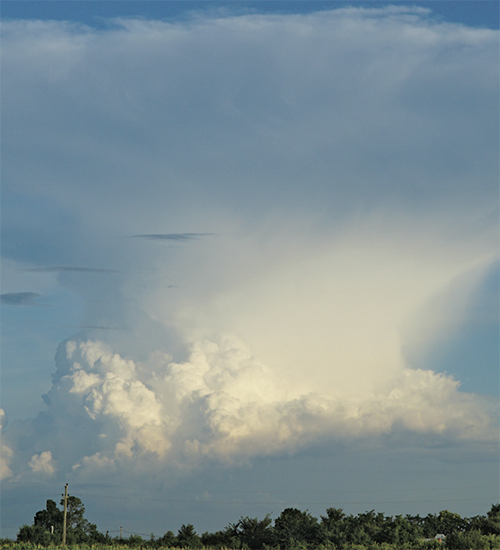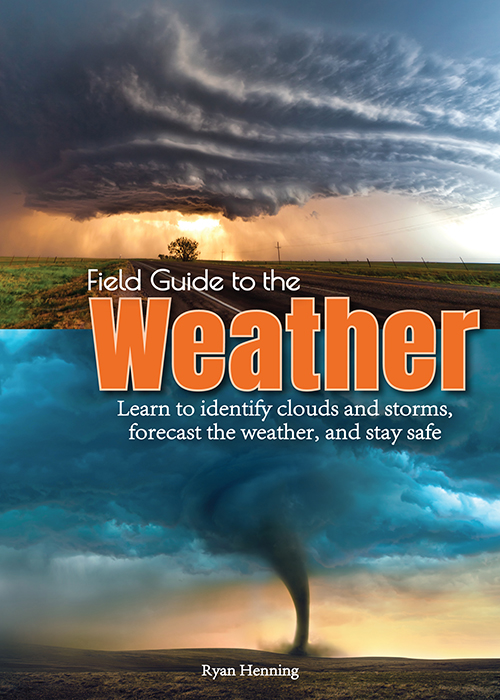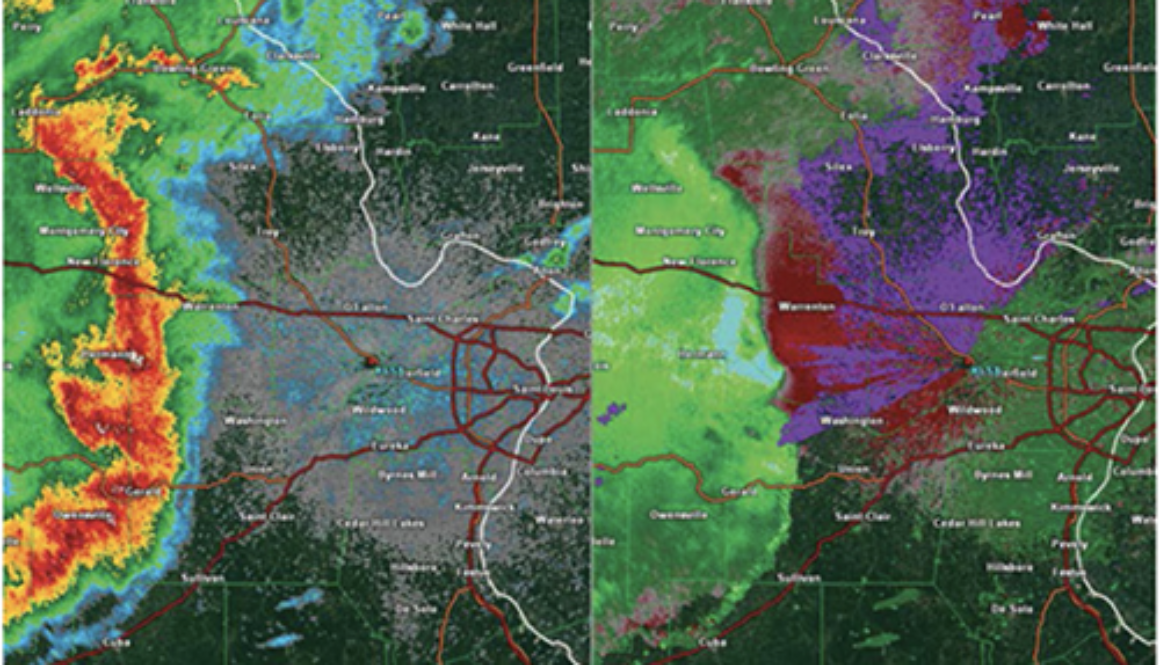Spring Weather Watching and Staying Safe
Spring weather is no joke. The temps are high. The temps are low. The sun is bright and the wind is blowing or the rain lasts a full day and the wind is howling. With most folks staying safe at home (and we here at AdventureKEEN hope you’re well and practicing smart social distancing), many are getting outside to hike, bike, or take a walk with the family. And the spring weather is certainly a factor.
Spring kicked off about a month ago and officially lasts until June 20, 2020. Which means we have a few more weeks of lingering snow, tornado season, lots of rain, and temperature swings. One of the best ways to navigate all of this is to know your clouds and understand what’s happening in the sky above you.
CUMULONIMBUS CLOUDS

What Cumulonimbus clouds say about the weather: Often called towering cumulonimbus for the heights that they can reach, these clouds mean only one thing—thunderstorms. The violent updrafts that cause these storms tend to occur when the surface (or the area just above it) is warm and humid. Thunderstorms emerge from the strongest updrafts and can offer some of the most dangerous, but also the most visually captivating, of all weather scenes.
What The Clouds Look Like: Cumulonimbus clouds are likely the most famous types of nimbus clouds. A cumulonimbus cloud has a broad base because air is being drawn toward the primary updraft before being forced upwards. The strong updraft creates localized low pressure underneath the storm, which causes the storm to act like a vacuum, sucking up the warm, moist air around it, with collision and coalescence happening at the base of the cloud over a broader area than the main updraft area. At the surface, this can also lead to brisk straight-line winds, both preceding the thunderstorm and occurring again after it departs.

One of the best ways to get up to speed on why the weather “does what it does” is with Ryan Henning’s Field Guide to Weather. This pocket-size book packs in a great deal of need-to-know weather information from a certified meteorologist and shows us one of the telltale signs that a thunderstorm is on its way. The author goes on to discuss government-issued watches and warnings, as well as weather safety. The simple explanations are useful in easing the mind of a frightened child, and the in-depth details help adults learn to understand and prepare for the weather ahead.
So be safe out there. Pay attention to your local weather reports, and look up in the sky for yourself. Our spring trips into the outdoors are much more meaningful if we’re aware of our surroundings and understand what’s happening in the sky above us.


